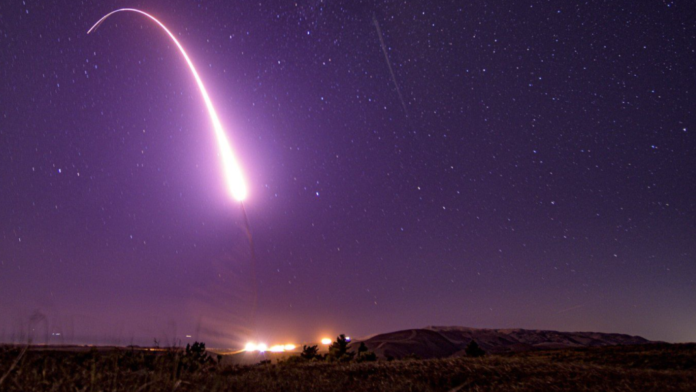“Copenhagen, Denmark –
As tensions rise among nuclear-armed states, the world is witnessing a troubling trend of modernizing nuclear weapons. In the year 2023, these countries have deepened their reliance on such deterrence, raising concerns about global security. The Stockholm International Peace Research Institute’s weapons of mass destruction program director, Wilfred Wan, noted that nuclear weapons have not played such a significant role in international relations since the Cold War.
Nuclear Modernization: A Growing Concern
Recent reports indicate that the nine nuclear-armed states collectively spent a staggering US$91.4 billion on their arsenals in 2023. This stark number translates to $2,898 per second, highlighting the massive investment in these destructive weapons. The International Campaign to Abolish Nuclear Weapons (ICAN) revealed these findings, shedding light on the alarming increase in global spending on nuclear weapons compared to previous years.
The United States emerged as the biggest spender, accounting for 80% of the total increase in spending. With a budget of $51.5 billion, the US outspent all other nuclear-armed countries combined. ICAN’s Policy and Research Coordinator, Alicia Sanders-Zakre, emphasized that this upward trend in funding for nuclear weapons poses a significant threat to global security.
Rising Operational Alert and Strategic Concerns
SIPRI’s estimates indicate that over 2,100 deployed warheads are on high operational alert, primarily belonging to Russia and the USA. China also joins this list, signaling a troubling development in nuclear capabilities. Dan Smith, SIPRI’s director, expressed grave concerns about the continuous increase in operational warheads. With Russia and the United States holding almost 90% of all nuclear weapons, the stability of their military stockpiles remains a pressing issue.
Transparency and Strategic Stability
In the aftermath of Russia’s invasion of Ukraine, transparency regarding nuclear forces has dwindled, particularly between the US and Russia. Bilateral dialogues have been suspended, raising questions about strategic stability. The New START nuclear treaty has faced challenges, further complicating efforts to reduce nuclear tensions.
Looking Ahead: A Call for Action
As the world grapples with the modernization of nuclear weapons, the need for global cooperation and disarmament becomes more urgent. The escalation of nuclear capabilities poses a grave threat to humanity, underscoring the importance of prioritizing peace and security. It is crucial for nations to reevaluate their reliance on nuclear deterrence and work towards a safer and more peaceful world for future generations.
In conclusion, the relentless pursuit of nuclear weapons modernization highlights the fragility of global security. The staggering investments in these weapons of mass destruction demand a critical reevaluation of international priorities. As we navigate this uncertain landscape, the imperative of nuclear disarmament and diplomacy cannot be understated. The time is now to steer away from the path of nuclear escalation and towards a future built on peace and cooperation.”
Reference














